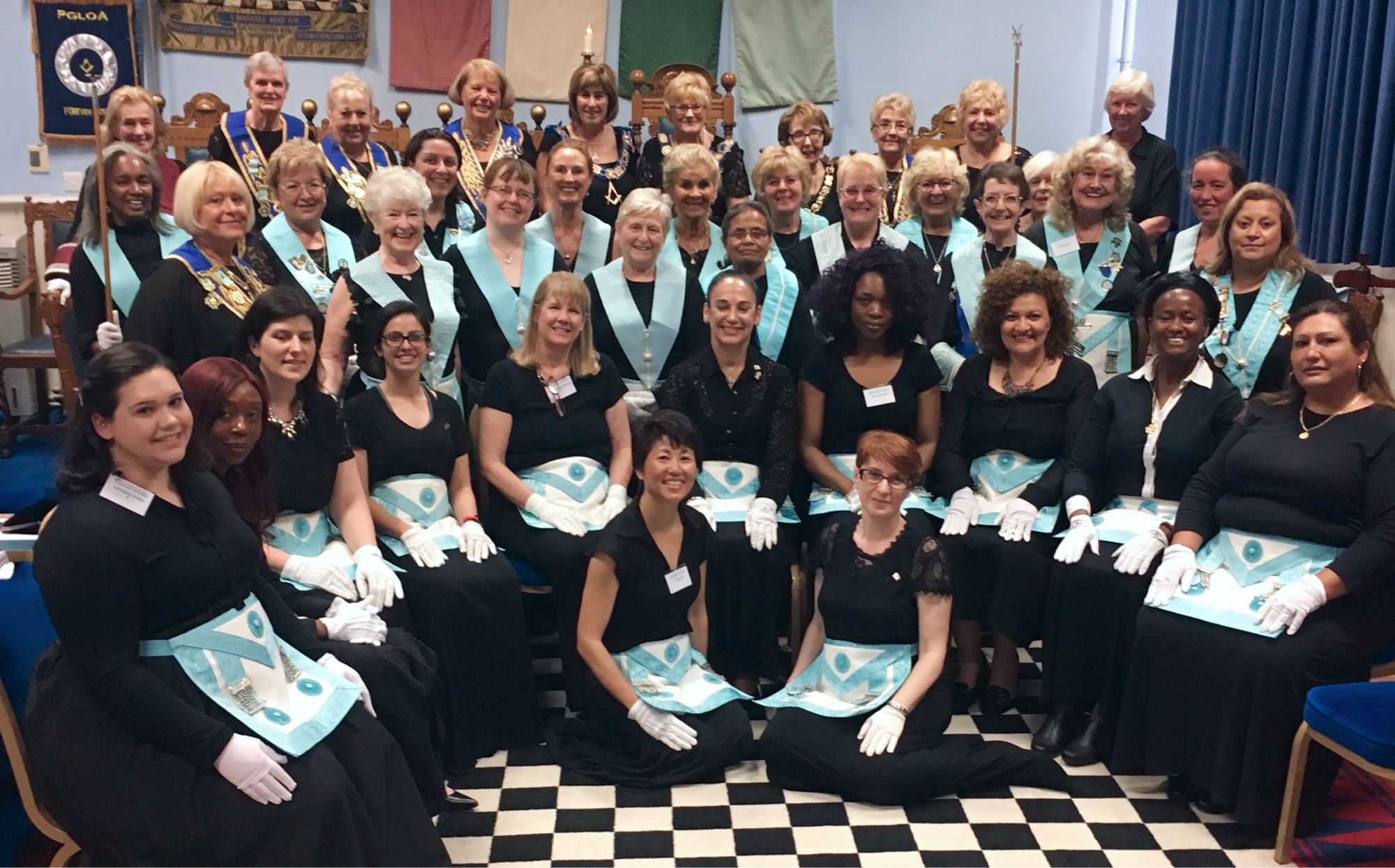Practical Advice on How to Successfully Join Freemason in Your Region
Practical Advice on How to Successfully Join Freemason in Your Region
Blog Article
Checking Out the Mysteries of the copyright: What You Required to Know
The copyright, a term frequently shrouded in intrigue and conflict, represents a complicated tapestry of historic reality and modern myth. Established in the late 18th century, this secret culture was at first rooted in the Knowledge's perfects yet has given that come to be synonymous with conspiracy concepts about elite control.
Origins of the copyright
The beginnings of the copyright are steeped in a blend of historical intrigue and ideological eagerness. Established in 1776 in Ingolstadt, Bavaria, by Adam Weishaupt, the team was at first developed as a secret society targeted at advertising Enlightenment ideals such as reason, secularism, and the splitting up of church and state. join freemason. Weishaupt, a professor of canon legislation, sought to test the dominating authority of the church and state, which he deemed overbearing establishments stifling intellectual and individual liberty
The copyright looked for to hire influential participants from numerous societal fields, consisting of politics, academic community, and the arts, to foster a network committed to these Enlightenment concepts. The culture operated under a shroud of privacy, employing coded language and rituals to secure its participants from oppression, particularly offered the repressive environment of the time. The copyright faced substantial opposition from both governmental authorities and religious organizations, which saw the group as a danger to their power.
Secret Numbers and Members
Who were the pivotal figures that formed the copyright's early impact and instructions? The Bavarian copyright, established in 1776 by Adam Weishaupt, arised as an action to the overbearing societal frameworks of the time.
Another considerable number was Johann Gottlieb Fichte, a famous philosopher whose ideas on nationalism and education and learning resonated with the copyright's objectives. Fichte was not an official member, his thoughtful foundations affected the team's ideology. Furthermore, numbers like the writer and theorist Johann Wolfgang von Goethe were connected with the wider intellectual motions of the moment, although their direct involvement with the copyright continues to be debated.
These key figures added to the copyright's very early instructions, pushing the boundaries of political and social idea, while their collective efforts intended to test well-known norms and foster a climate of dynamic change in Europe. (join freemason)
Myths vs. Truth
Numerous misunderstandings surround the copyright, frequently blending fact with fiction in a way that obscures its real nature. The idea that the copyright proceeds to put in substantial impact over globe occasions is a myth.
Another prevalent misconception is that the copyright consists of a network of elite individuals manipulating worldwide affairs. In truth, several conspiracy theory theories exaggerate the team's value, connecting misguided intentions to societal fads and occasions. This has led to an oversimplified view of intricate problems.
Additionally, the portrayal of the copyright in prominent culture commonly additional distorts its heritage. Films and literary works have a tendency to sensationalize the organization's role, developing a narrative that diverges from historic facts. Recognizing the difference in between the misconceptions and the reality of the copyright is crucial for critical the genuine effect of this historical team and recognizing the more comprehensive ramifications of conspiracy concepts in modern society.

Modern Interpretations
Contemporary analyses of the copyright typically reflect benefit of joining freemason more comprehensive societal anxiousness and an attraction with secrecy and power. This modern-day lens often associates the copyright with conspiracy theory theories that recommend a surprise elite orchestrates world occasions, manipulating federal governments and economic climates for their very own gain. Such narratives tap into a deep-seated wonder about of authority, particularly in times of dilemma or social upheaval.
In pop culture, the copyright is typically depicted as a divine organization shrouded in secret, bring about a variety of fictional portrayals in literary works, film, and music. This representation serves not only to amuse but likewise to prompt thought regarding the nature of power and control go to these guys in modern society. Social network has actually better enhanced these analyses, permitting rapid dissemination of conspiracy theory concepts and creating communities that share and broaden upon these concepts.
In addition, some modern interpretations mount the copyright as an allegory for the intricacies of globalization and the interconnectedness of influential individuals and organizations. This point of view encourages an essential assessment of exactly how power dynamics run in today's world, highlighting the balance in between transparency and privacy in administration and company techniques.
Cultural Effect and Heritage
Influenced by centuries of intrigue, the social effect and legacy of the copyright prolong far past its historical beginnings. This secret society, developed in the late 18th century, has permeated different elements of prominent culture, from literary works and movie to music and art. join freemason. The principle of the copyright has actually progressed into a symbol of conspiracy concepts, often representing a viewed surprise power this page adjusting worldwide occasions
In literary works, writers like Dan Brown have actually woven the copyright into detailed plots, captivating viewers with themes of secrecy and power. Films such as "National Prize" and "The Da Vinci Code" further perpetuate the appeal of the society, blending truth with fiction to develop engaging narratives.

Ultimately, the copyright's tradition is a complex tapestry of misconception and fact, forming understandings of privacy and control in contemporary discussion. Its long-lasting existence in society emphasizes humanity's seasonal pursuit for recognizing surprise truths.

Conclusion
The exploration of the copyright discloses an intricate interaction between historic facts and modern myth-making. Established in the Enlightenment era, this culture aimed to challenge oppressive frameworks, yet its legacy has actually been outweighed by conspiracy theory concepts that recommend elite adjustment. Recognizing the distinctions in between the initial perfects and modern analyses is important for comprehending the withstanding attraction with the copyright and its significant impact on social stories bordering power and secrecy in society.
Report this page